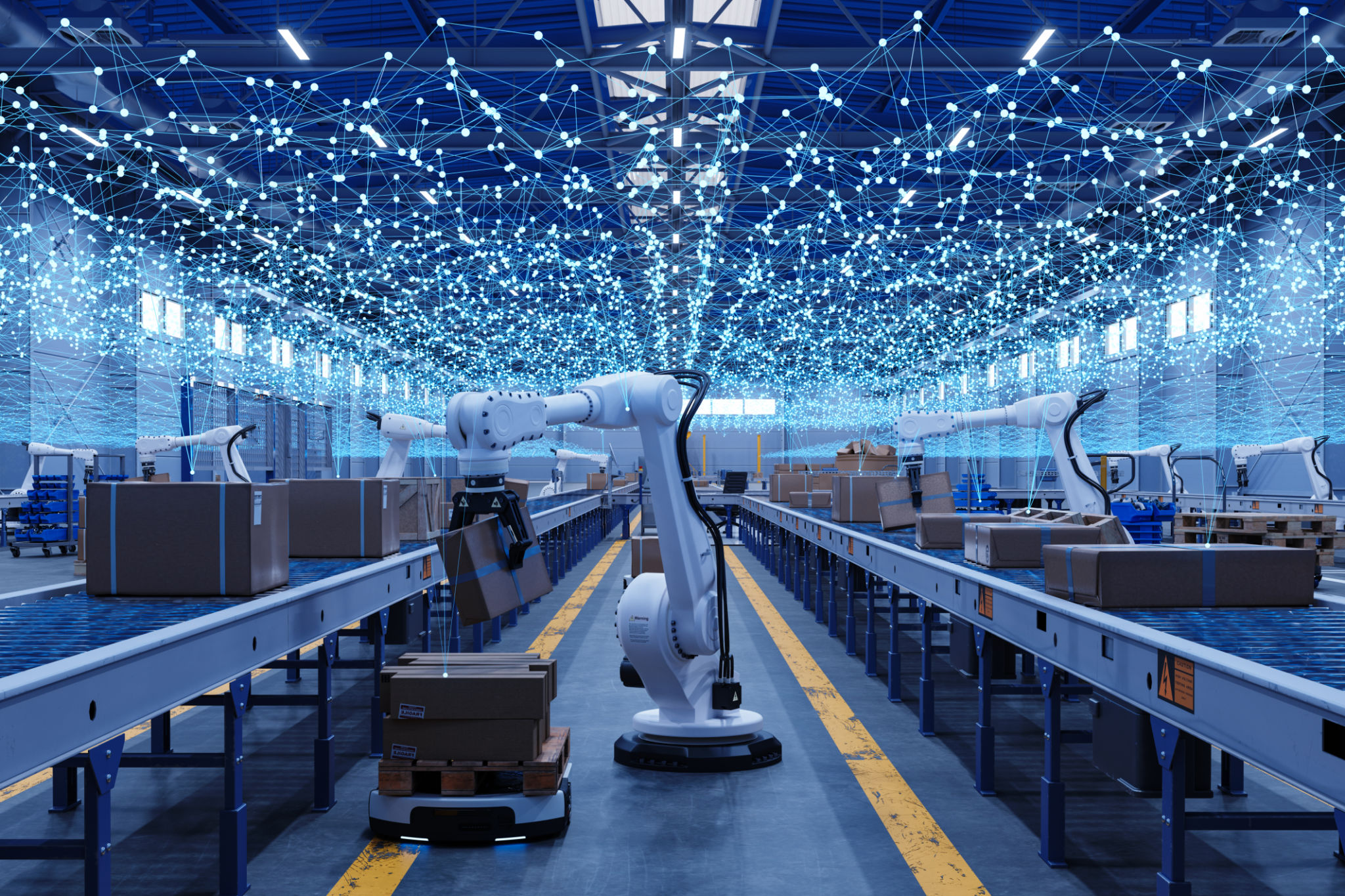Expert Tips for Effective Factory Optimization
Understanding the Importance of Factory Optimization
Factory optimization is a crucial aspect of maintaining competitiveness and efficiency in manufacturing. By streamlining operations, reducing waste, and enhancing productivity, businesses can significantly improve their bottom line. But how exactly can you achieve effective factory optimization? Here, we provide expert tips and insights to guide you through the process.
Optimization is not a one-time effort but an ongoing process that involves careful planning and consistent evaluation. It requires a comprehensive approach that considers all facets of the manufacturing process. This includes everything from inventory management to employee training.

Conducting a Thorough Assessment
The first step towards effective factory optimization is conducting a thorough assessment of current operations. This involves evaluating every aspect of the production process to identify areas of waste and inefficiency. Consider using technology such as data analytics to gain insights into operational performance.
During this assessment, it's vital to gather input from employees at all levels. Their firsthand experience can provide valuable insights into potential improvements. Additionally, benchmarking against industry standards can help identify gaps and opportunities for growth.
Embracing Technology and Automation
In today's fast-paced industrial landscape, staying ahead often means embracing the latest technologies. Automation is a key component of factory optimization, helping to increase efficiency and reduce human error. Consider integrating automated systems where applicable to streamline repetitive tasks.
Moreover, implementing smart technologies like IoT devices can provide real-time data, allowing for more informed decision-making. These innovations can significantly enhance operational efficiency and contribute to overall productivity improvements.

Enhancing Workforce Training and Engagement
The human element remains an integral part of any manufacturing process. Investing in workforce training ensures that employees are not only skilled but also adaptable to new technologies and processes. Comprehensive training programs can lead to a more competent and motivated workforce.
In addition to training, fostering a culture of continuous improvement and engagement can yield significant benefits. Encouraging employees to contribute ideas for improvement can lead to innovative solutions that might otherwise be overlooked.
Implementing Lean Manufacturing Principles
Lean manufacturing principles focus on creating more value for customers with fewer resources by minimizing waste within manufacturing systems. This can be achieved by identifying and eliminating non-value-adding activities from the production process.
Some key lean techniques include 5S (Sort, Set in order, Shine, Standardize, Sustain), value stream mapping, and just-in-time production. These methods help streamline operations and improve overall efficiency.

Regular Monitoring and Continuous Improvement
Once optimization strategies are in place, it's crucial to establish a system for regular monitoring. This ensures that improvements are sustained over time and can identify new areas for enhancement as market conditions change.
Adopting a mindset of continuous improvement encourages a proactive approach to problem-solving. Regularly reviewing performance data allows for timely adjustments and helps maintain the momentum of optimization efforts.
In conclusion, effective factory optimization requires a strategic approach that combines technology, employee engagement, and continuous evaluation. By implementing these expert tips, manufacturers can enhance productivity while reducing costs, ultimately achieving greater success in a competitive market.
